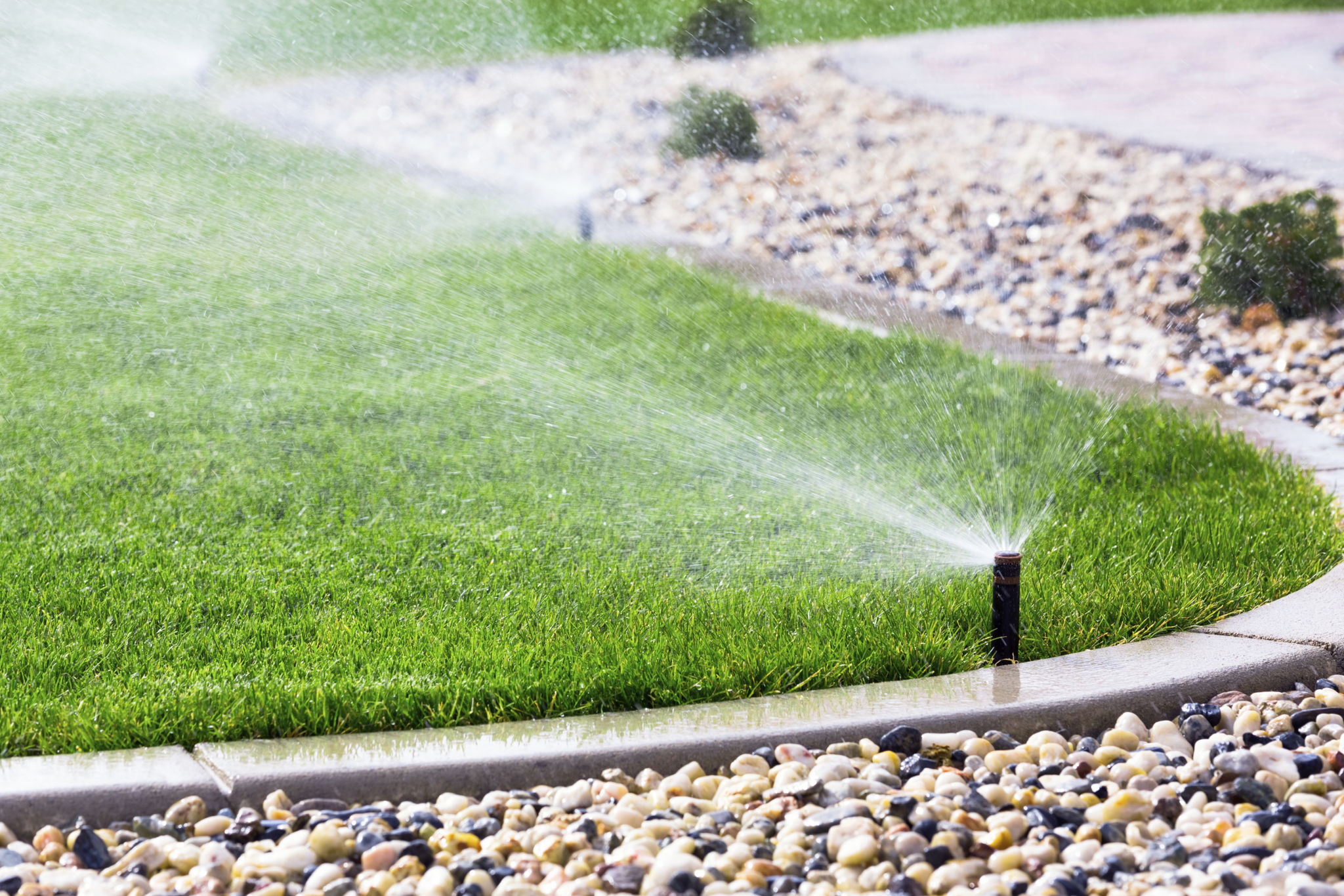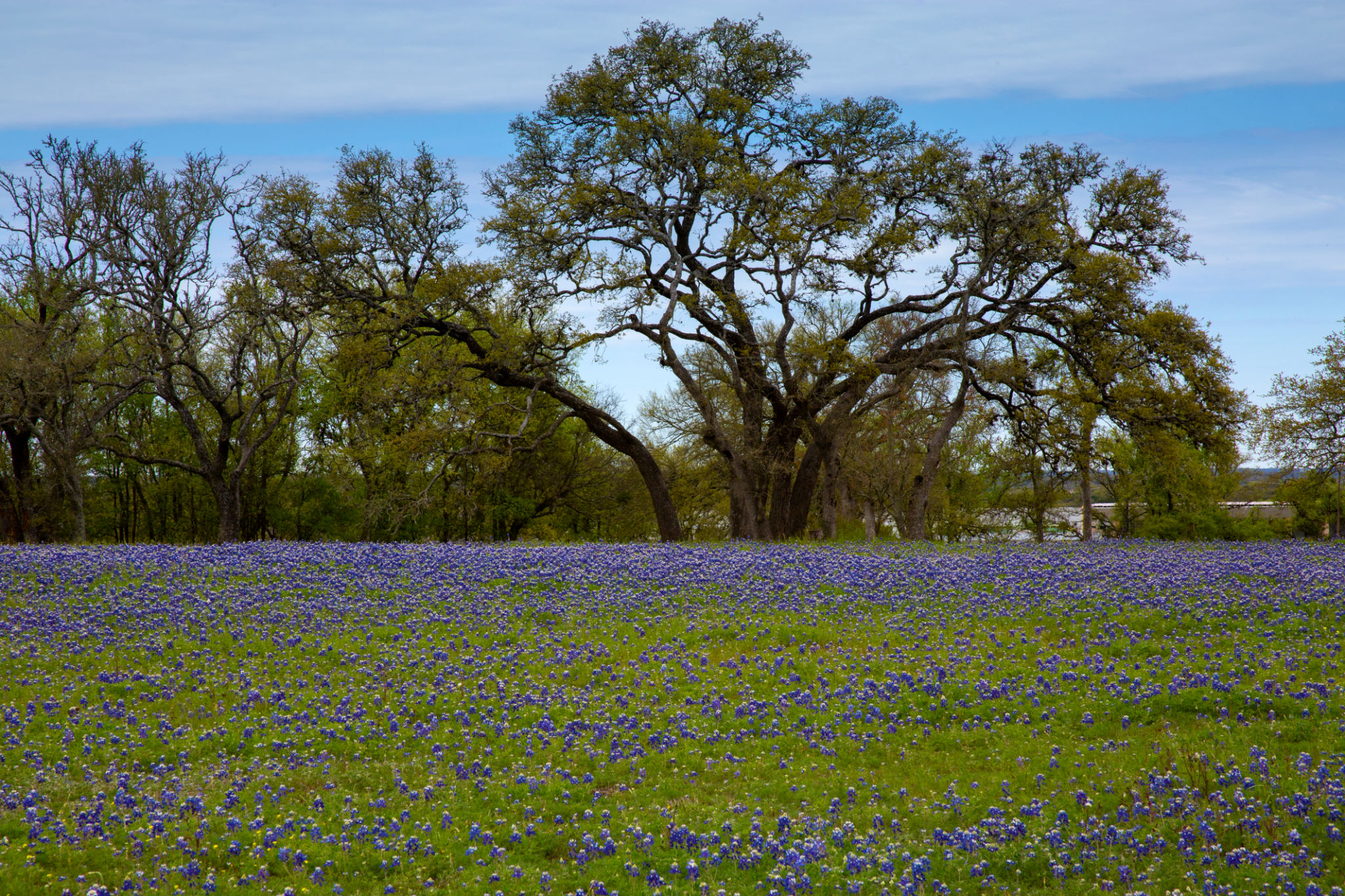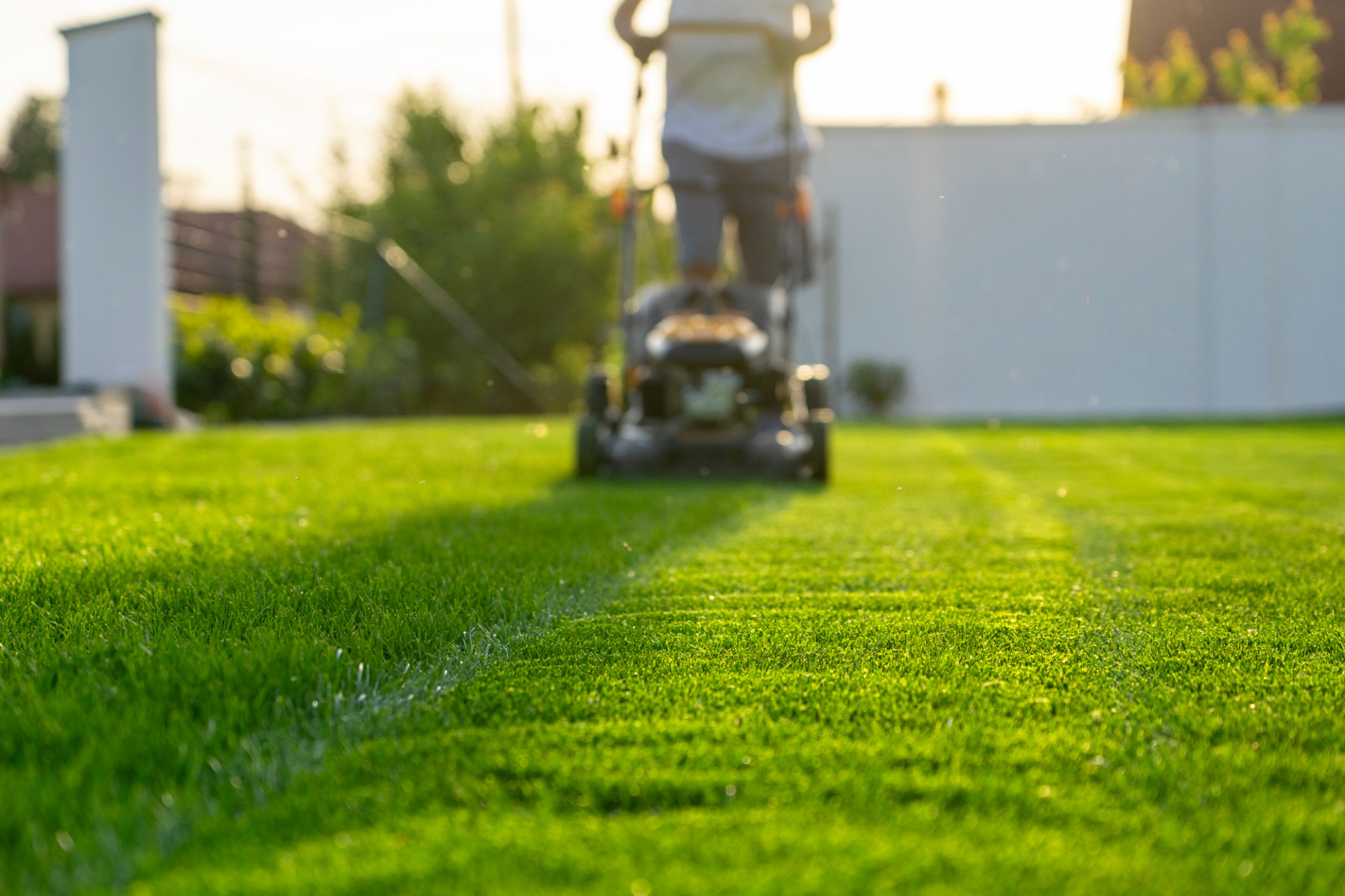Common Lawn Care Myths Debunked for Texas Homeowners
Myth 1: More Water Means a Healthier Lawn
One of the most persistent myths about lawn care is that more water results in a healthier lawn. While it's true that water is essential, overwatering can be just as harmful as underwatering. In Texas, where drought conditions can sometimes occur, it's important to water your lawn efficiently.
Excessive watering can lead to shallow root growth, making your grass more susceptible to disease and pests. Instead, aim for deep, infrequent watering to encourage roots to grow deeper into the soil, which makes your lawn more drought-resistant and healthier in the long term.

Myth 2: Grass Clippings Cause Thatch
Many homeowners believe that leaving grass clippings on their lawn can cause thatch buildup. Thatch is a layer of organic matter that can block water and nutrients from reaching the soil. However, grass clippings are not the main culprits. In fact, they decompose quickly and return valuable nutrients back to the soil.
The real causes of thatch are over-fertilization and improper watering. By mowing regularly and leaving clippings on the lawn, you can actually enhance your lawn’s health without contributing to thatch buildup.

Myth 3: All Grasses are the Same
A common misconception is that all types of grass are the same and require identical care. In Texas, this is far from true. Different grass species thrive under different conditions. For instance, Bermuda grass is drought-tolerant and suited for sunny areas, while St. Augustine grass prefers shade and moisture.
Understanding the type of grass on your lawn and its specific needs will help you tailor your care routine for optimal growth and health. This knowledge is crucial for ensuring your lawn remains lush and vibrant year-round.

Myth 4: Fertilizer is Always Necessary
Many assume that fertilization is a mandatory step in lawn care, but this isn’t always the case. Over-fertilizing can lead to nutrient runoff, which harms local waterways and may even damage your lawn by causing excessive growth or burning the grass.
If your soil is already rich in nutrients, additional fertilizer might not be necessary. Conducting a soil test can help you determine if your lawn truly needs fertilization or if other care strategies would be more beneficial.
Myth 5: Cutting Grass Short Means Less Mowing
The idea that mowing grass short will reduce the frequency of mowing is tempting but misguided. Cutting your grass too short can stress it out, making it more vulnerable to weed invasion and heat damage.
Instead, follow the one-third rule: never cut more than one-third of the grass height at any time. This practice encourages healthy growth and helps maintain a robust lawn that can withstand environmental stresses better.

Myth 6: Weeds Only Grow in Neglected Lawns
Finally, there’s a belief that weeds only invade lawns that are poorly maintained. While it's true that a healthy lawn can better resist weed growth, even well-cared-for lawns can encounter weed problems due to factors like weather conditions and soil composition.
Regular maintenance such as proper mowing, watering, and fertilizing can help minimize weed growth, but it’s also important to address any weed issues promptly with targeted treatments.
By debunking these common lawn care myths, Texas homeowners can adopt more effective practices to ensure their lawns remain beautiful and healthy all year long. Understanding these misconceptions is the first step towards a greener, more vibrant lawn.
